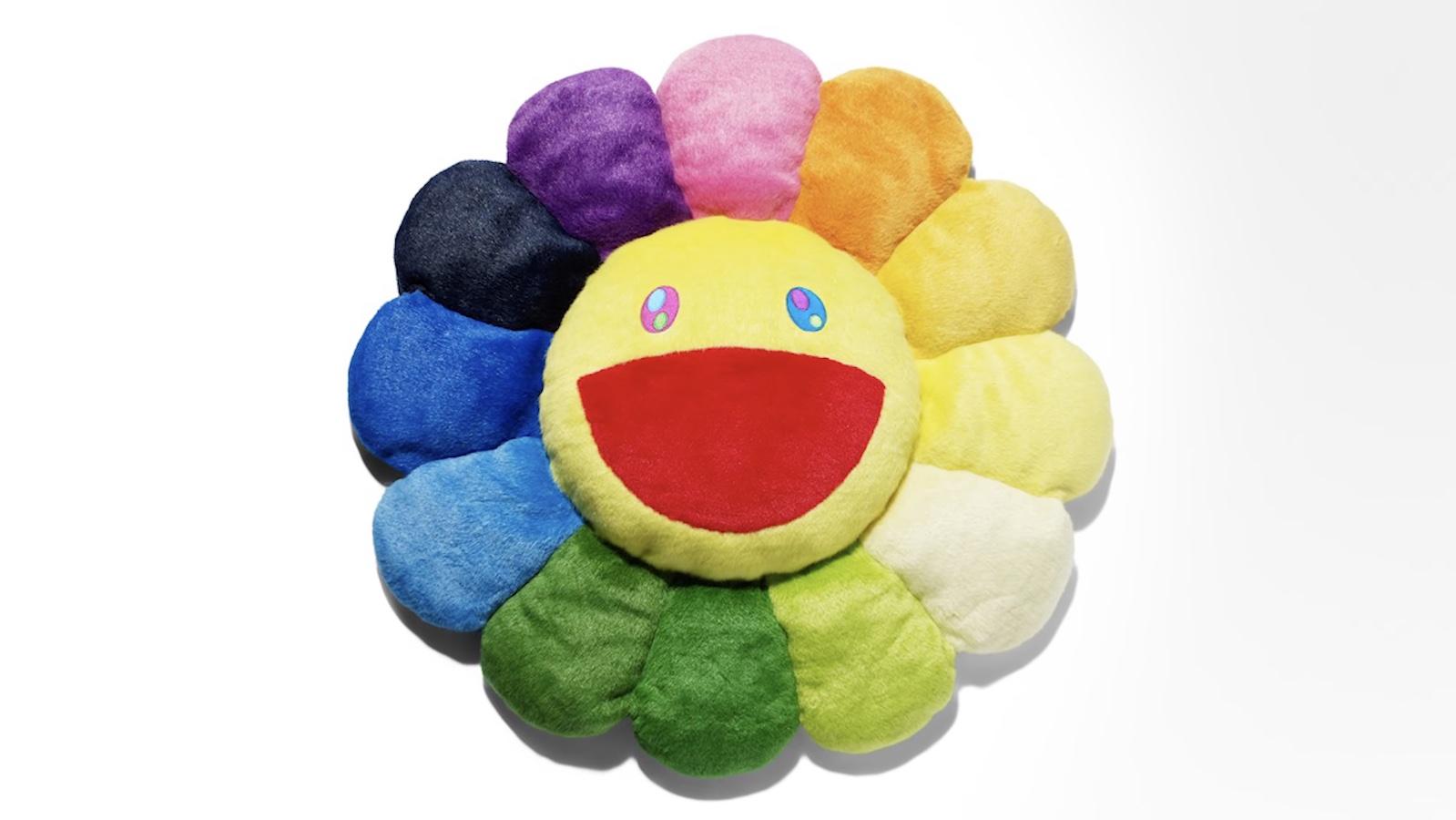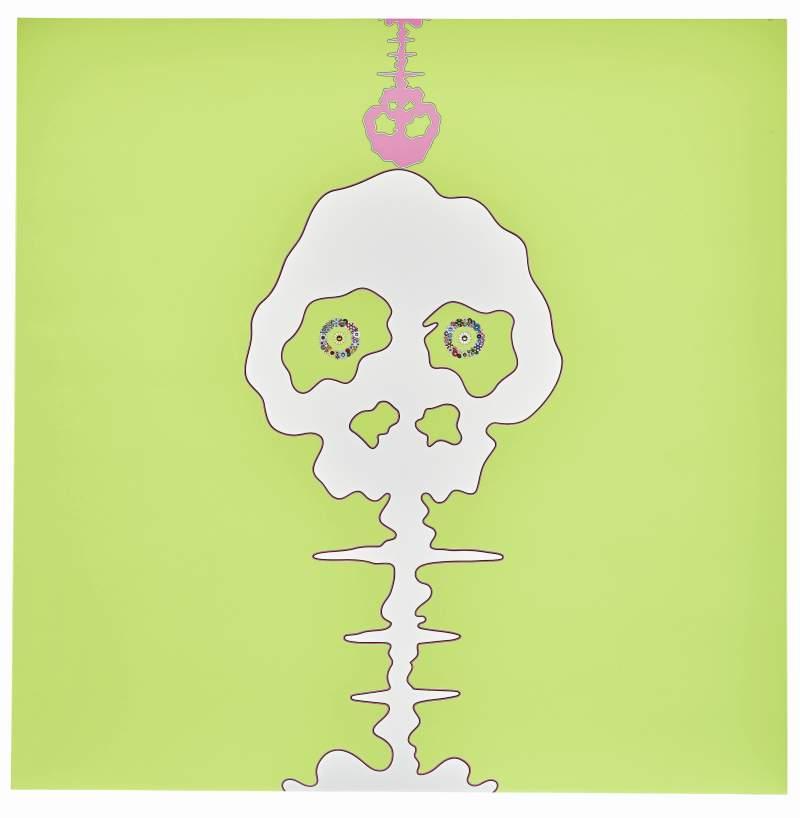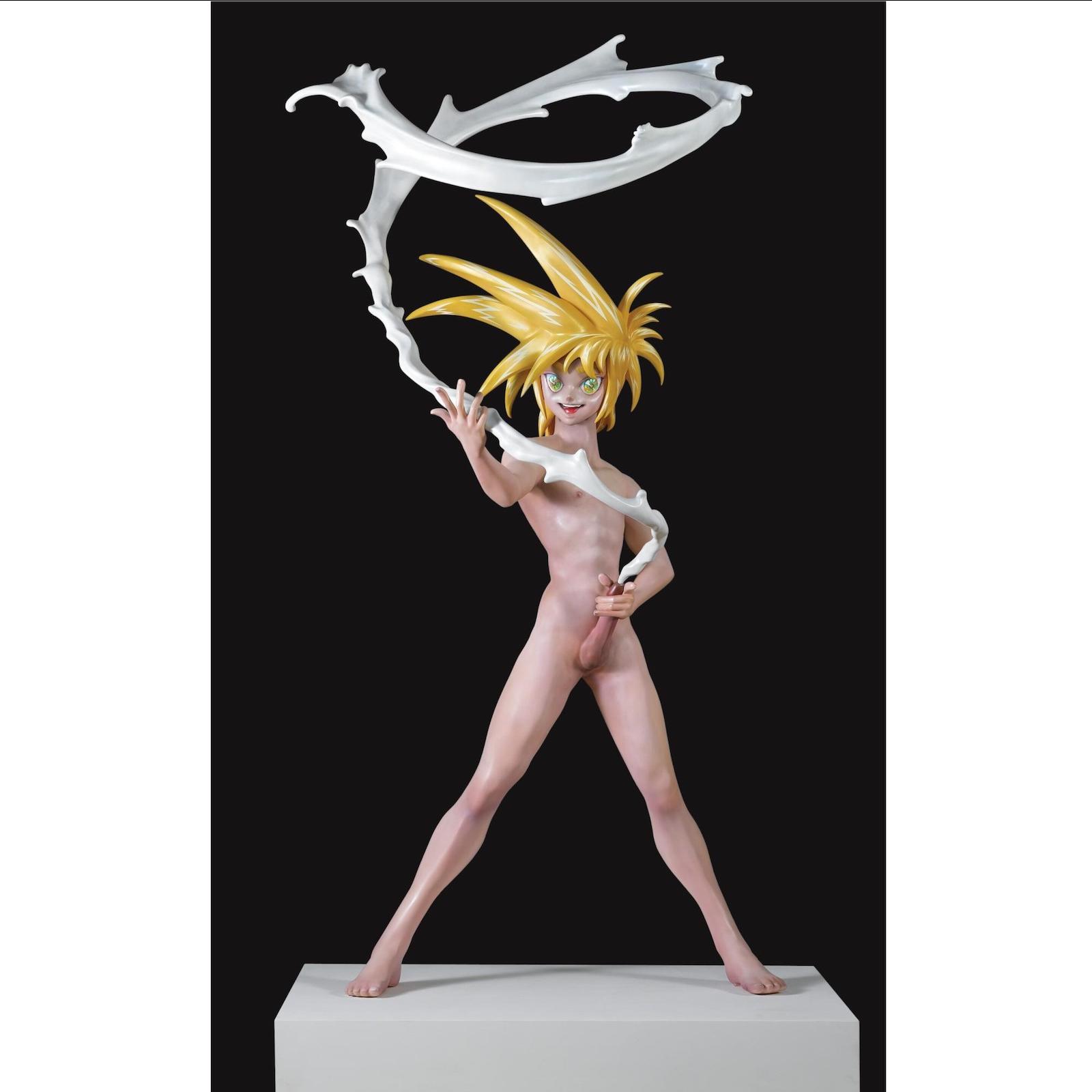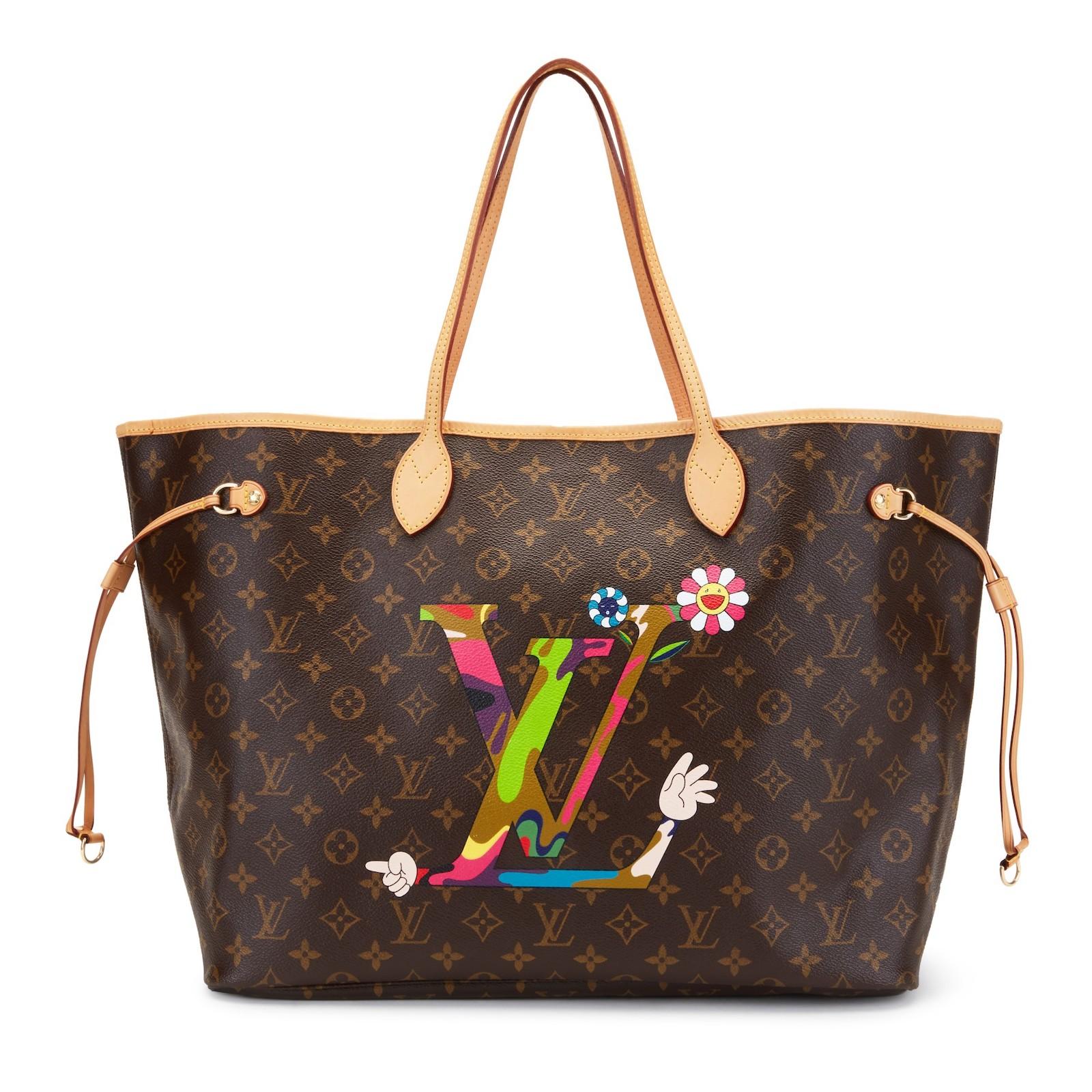Murakami went on to mix the formal, fine art techniques he learned in school with elements of anime. Rather quickly, he developed his signature “Superflat” style, which he still uses to render recurring symbols and characters such as his smiling flowers, bears, and Mr. DOB.
Many feel Murakami’s early work was primarily satirical—a commentary on the Contemporary art of Japan at the time. Others, such as critic Grace McQuilten, remain skeptical. Take My Lonesome Cowboy (made in 1998, auctioned in 2008), an early artwork that still holds the artist’s highest auction record of $15.2 million and remains one of Murakami’s most famous pieces.
































